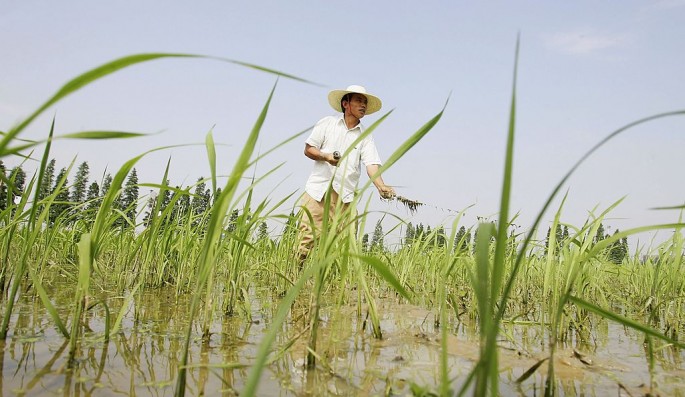The global market for genetically modified crops saw a decrease in growth for the first time in 19 years, a notable event given the consistent rise of the industry during the same period.
According to the AFP as cited by the Global Times, the worldwide acreage of GM crops had been consistently increasing over the past two decades since the technology was first introduced in 1996, recording an impressive 181.5 million hectares in 2014.
However, last year became a turning point for the constant rise of the GM industry, as the extent of the areas where GM seeds have been cultivated declined by about 1 percent, as per the International Service for the Acquisition of Agri-biotech Applications (ISAAA).
According to the pro-GM group, the unexpected decrease in GM crop acreage was "driven by low prices" of commodities for both non-engineered and genetically engineered seeds of crops such as corn, soybeans, cotton and canola.
"It is principally due to an overall decrease in total crop hectarage associated with low prices for commodity crops in 2015," ISAAA's global coordinator Randy Hautea said.
According to the New York Times, the expansion of the GM technology was slowed by opposition from environmental and consumer entities as well as the presence of regulatory bouts and scientific struggles.
"Onerous regulation for transgenic biotech crops remains the principal constraint to adoption," the ISAAA said in an executive summary of the report stating the GM acreage decline.
Despite this, the ISAAA is confident that the GM technology would remain afloat and would return to its rising status as prices return to normal or increase.
"Year-to-year biotech crop hectarage decreases, driven by low prices in 2015, are likely to reverse when crop prices revert to higher levels in the future," the executive summary explained.
The ISAAA remains positive that the progress of biotech crops all over the world will continue its rapid development, highlighting how the "global hectarage of biotech crops has increased 100-fold from 1.7 million hectares in 1996 to 179.7 million hectares in 2015."



























